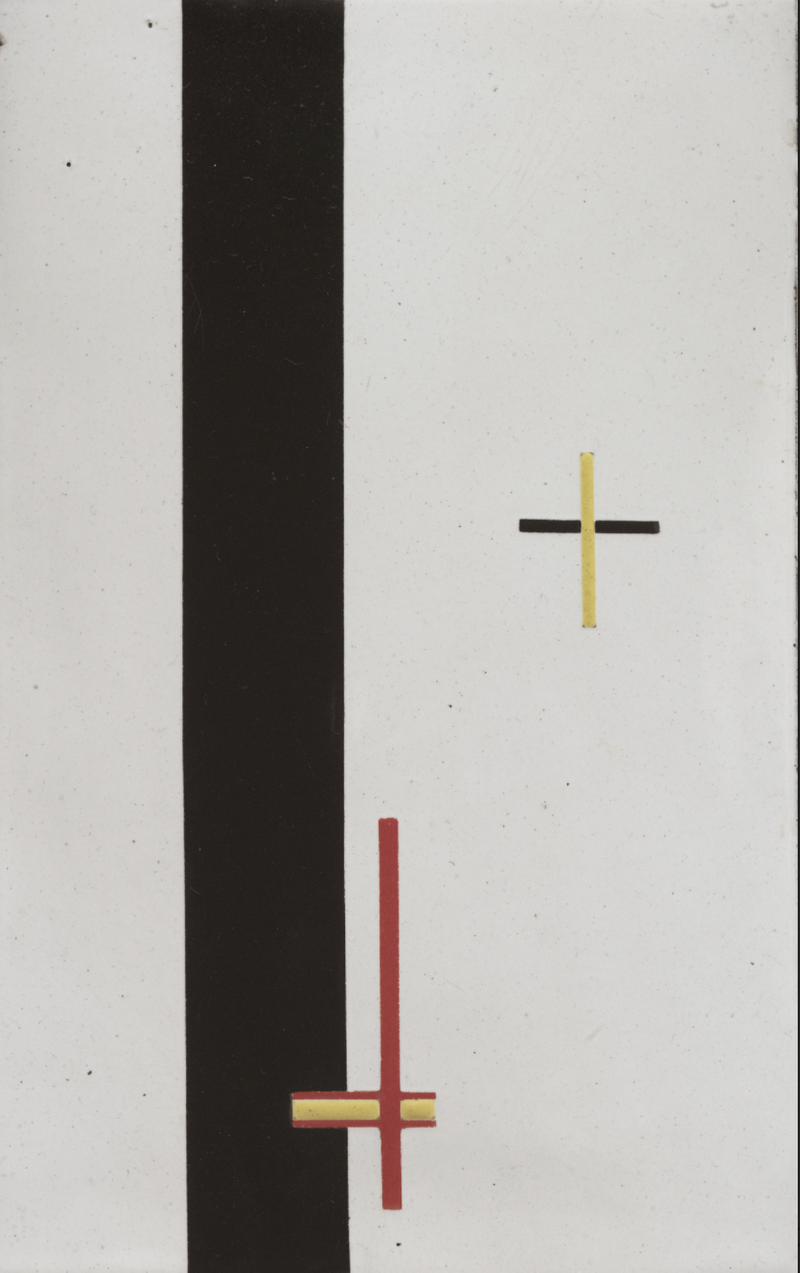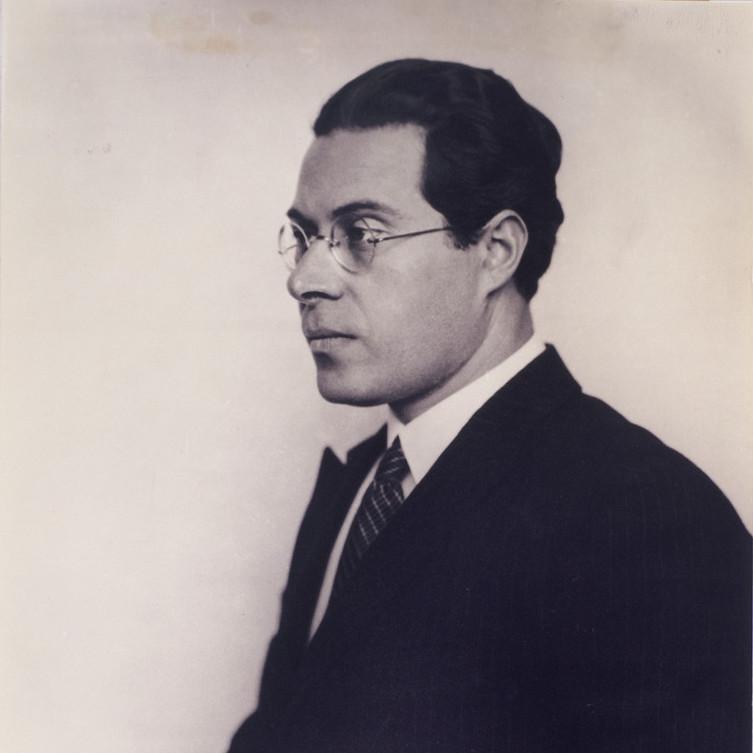
Telephone pictures
1922 #inventions
Il s’agit de la première numérisation d’une oeuvre (même si elle fut faite par un homme) transmise par téléphone (Modem). Dans ses oeuvres, sont pressenties toutes les nouvelles possibilités de numérisation (rendre un espace analogique en espace discret, donc fini), reproductibilité infinie, dématérialisation aussi bien au support que de l’espace (avec le réseau téléphonique). Il dut donc convertir son dessin (analogique) en une description objective et abstraite, cela anticipe les échanges de données informatiques.
« In 1922 I ordered by telephone from a sign factory five paintings in porcelain enamel. I had the factory’s color chart before me and I sketched my paintings on graph paper. At the other end of the telephone the factory supervisor had the same kind of paper, divided into squares. He took down the dictated shapes in the correct position. (It was like playing chess by correspondence.) One of the pictures was delivered in three different sizes, so that I could study the subtle differences in the color relations caused by the enlargement and reduction. »
Laszlo Moholy-Nagy, The New Vision and Abstract of an Artist (New York: Wittenborn, 1947), p. 79.
